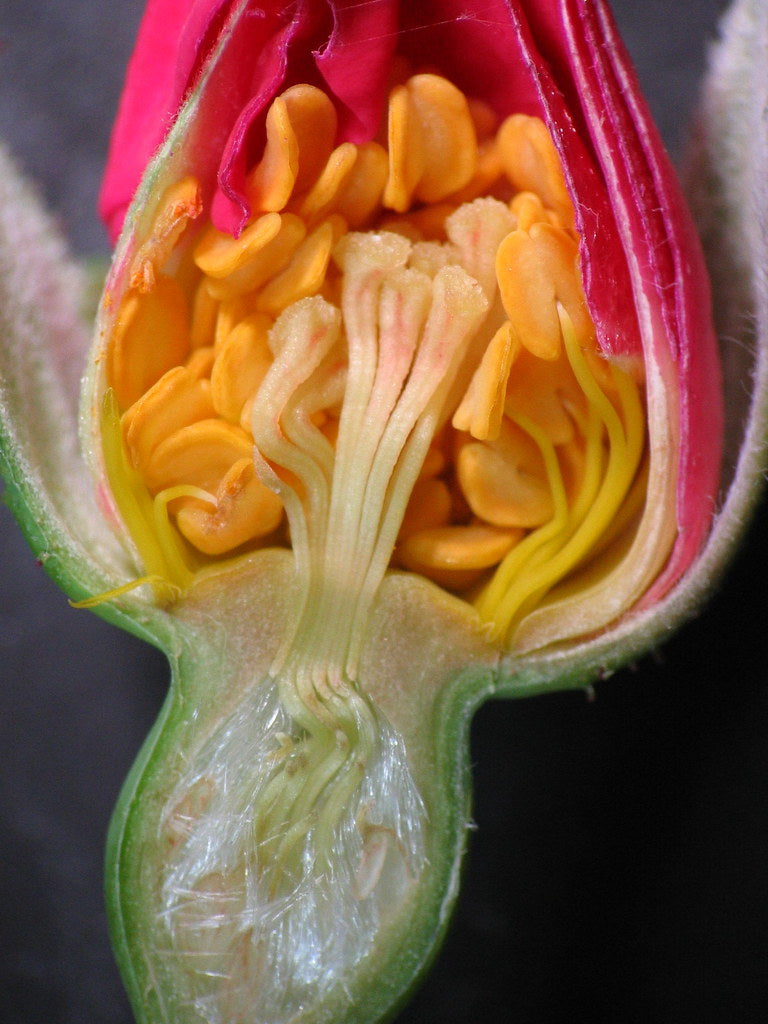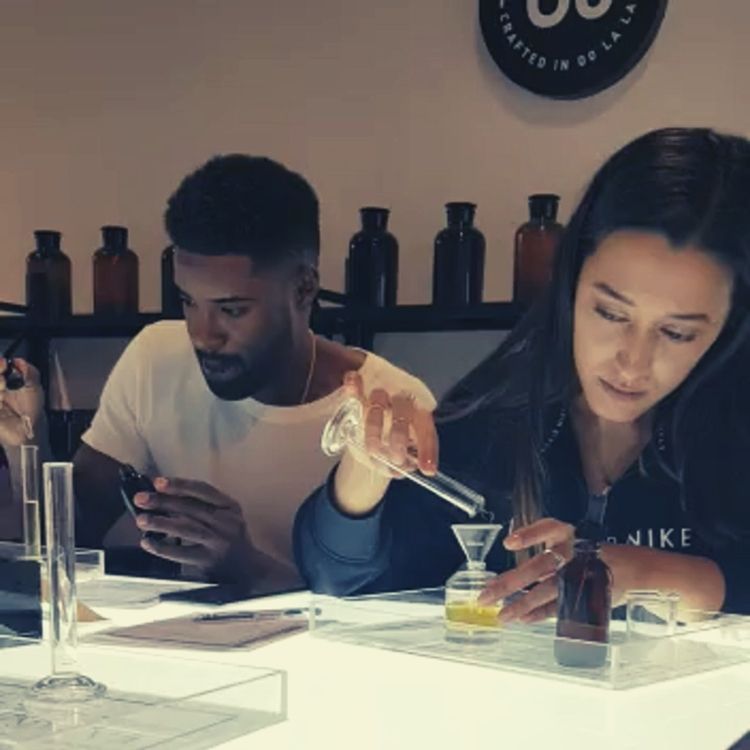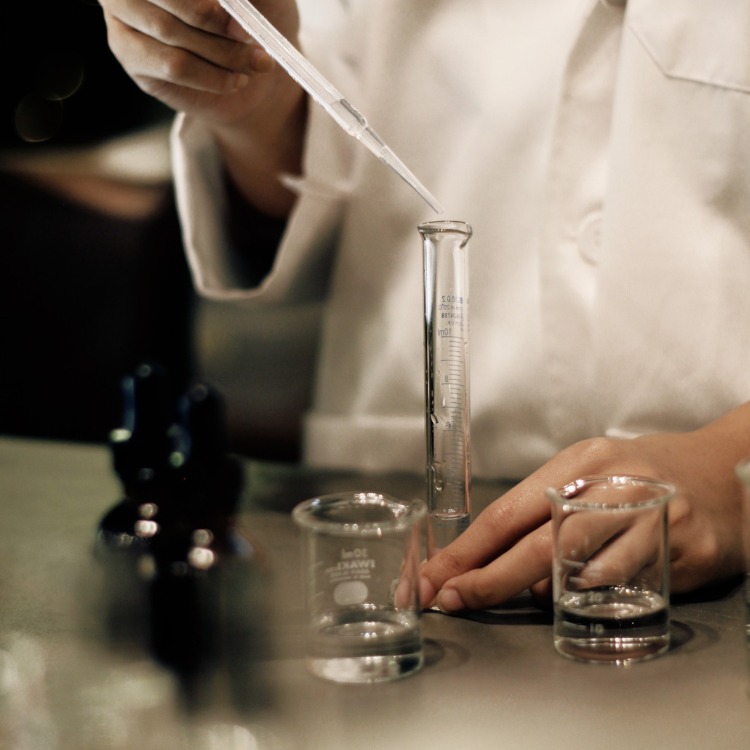What is a ROSE?

This highly evocative and emotive flower, instantly recognisable yet deviously complex.
Let's break it down.
The fragrance of roses is composed of hundreds of volatile organic compounds (VOCs), which are responsible for their characteristic aroma. Some of the key chemical components of rose fragrance include:
Phenyl ethanol: A sweet, floral scent that is the primary contributor to the aroma of roses.
Geraniol: A fragrant alcohol that is responsible for the rose-like scent of many essential oils and perfumes.
Citronellol: A fragrant alcohol that is found in high concentrations in rose oil and is responsible for its light, fresh scent.
Neral: A fragrant aldehyde that is found in rose oil and is responsible for its sweet, floral aroma.
Nerol: A fragrant alcohol that is found in rose oil and contributes to its fresh, citrusy scent.
In addition to these primary components, rose fragrance also contains small amounts of other volatile organic compounds, including eucalyptol, linalool, and isophytol, which contribute to its complex aroma.
Different species of roses can have slightly different chemical compositions, leading to variations in their fragrances. Additionally, factors such as the time of day, temperature, and soil quality can also impact the fragrance of roses.
- Tags: Fragrance Notes






